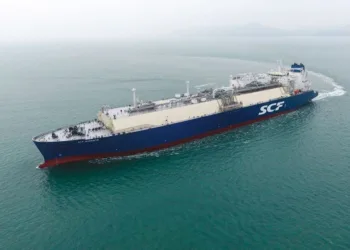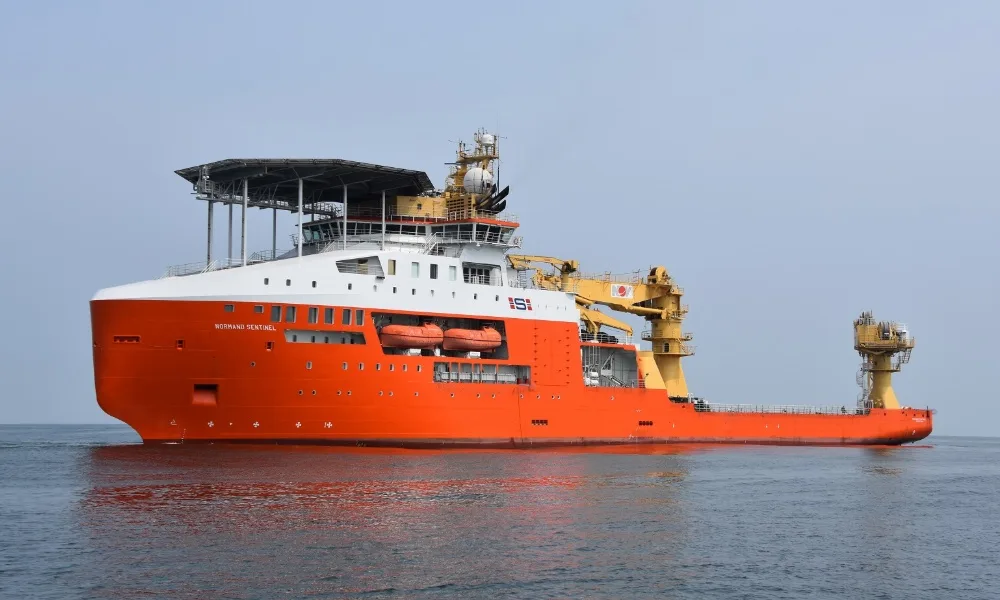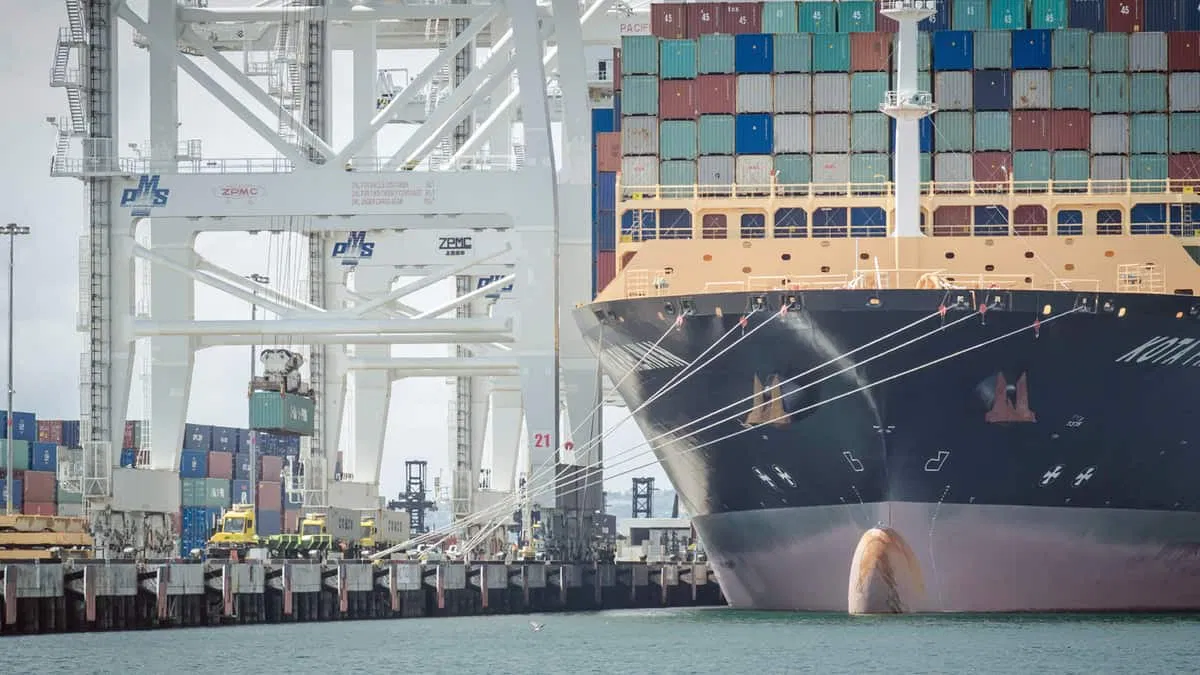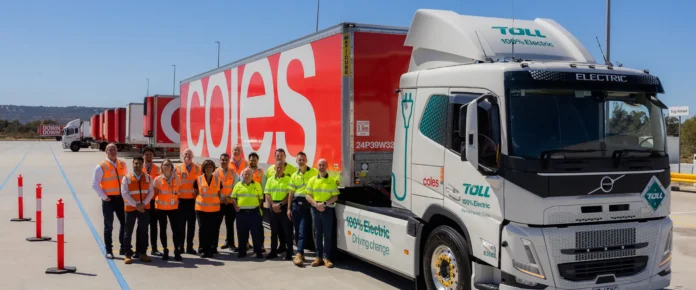The maritime industry is on the brink of a technological step change, driven by low Earth orbit (LEO) satellite connectivity, cloud-based platforms, and artificial intelligence, according to Tore Morten Olsen, president of maritime at Marlink.
“The pace of change is relentless, and it won’t slow down over the next 12 months,” Olsen tells Maritime CEO. “The unstoppable growth of LEO bandwidth available to shipping will drive the take-up of platforms that deliver the applications and services that ships need — for performance management, maintenance, safety, and compliance.”
With the rapid expansion of LEO services, Olsen believes the long-standing limitations on ship connectivity are effectively disappearing.
“With restrictions on bandwidth practically removed from maritime users, we are dealing with possibilities, not the constraints of the past, where every byte had to be justified,” he claims.
This shift, Olsen explains, will enable maritime users to access a new generation of “as-a-service” platforms, giving operators the freedom to choose tools and applications flexibly rather than being tied to proprietary systems.
However, the connectivity boom also means the continued growth of cyber risks in shipping.
“Reports from our network of security operation centres indicate a growing sophistication of the attacks mounted against shipping,” Olsen warns. “There will be no optional extras when it comes to proactive cybersecurity.”
Marlink has recruited people with completely new skillsets that can help users understand cyber risks, how to prepare for them, and defend against them.
The company is also focused on artificial intelligence. Olsen says that AI is widely discussed but perhaps not yet well understood in the maritime industry. Though he sees its potential as enormous.
“Marlink already uses AI to optimise our customer care and support functions, providing more precise responses to support issues and delivering solutions in a more managed way,” he reveals. “AI is also being used to improve the performance of our core services, supporting the day-to-day processes of network prioritisation and optimisation.”
Olsen further says that the arrival of Amazon’s Kuiper constellation and other new LEO networks in the coming year will mark the next stage of what he calls the “bandwidth revolution.”
“New LEO services will start to become available over the next 12 months, so we will see options for connectivity and network configuration continuing to grow at a rapid pace,” he claims.
When queried whether the shipping industry is more willing to pay for tech than it was in the past, Olsen explains that the possibilities available to users, from the dramatic improvements in performance to the tools and applications available to ships and their managers, make it much more attractive for owners to invest to create opportunities and deliver savings.
“The era of the connected ship is finally here,” Olsen concludes. “The separation that for so long was an issue for ships and their managers will fade into the past. The decades ahead will see the industry realise the potential we always knew was possible.”
To access the full archive of Maritime CEO interviews, click here.






















